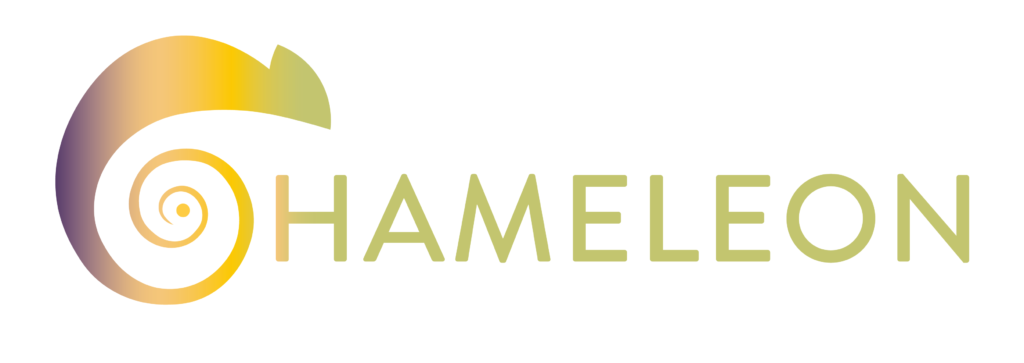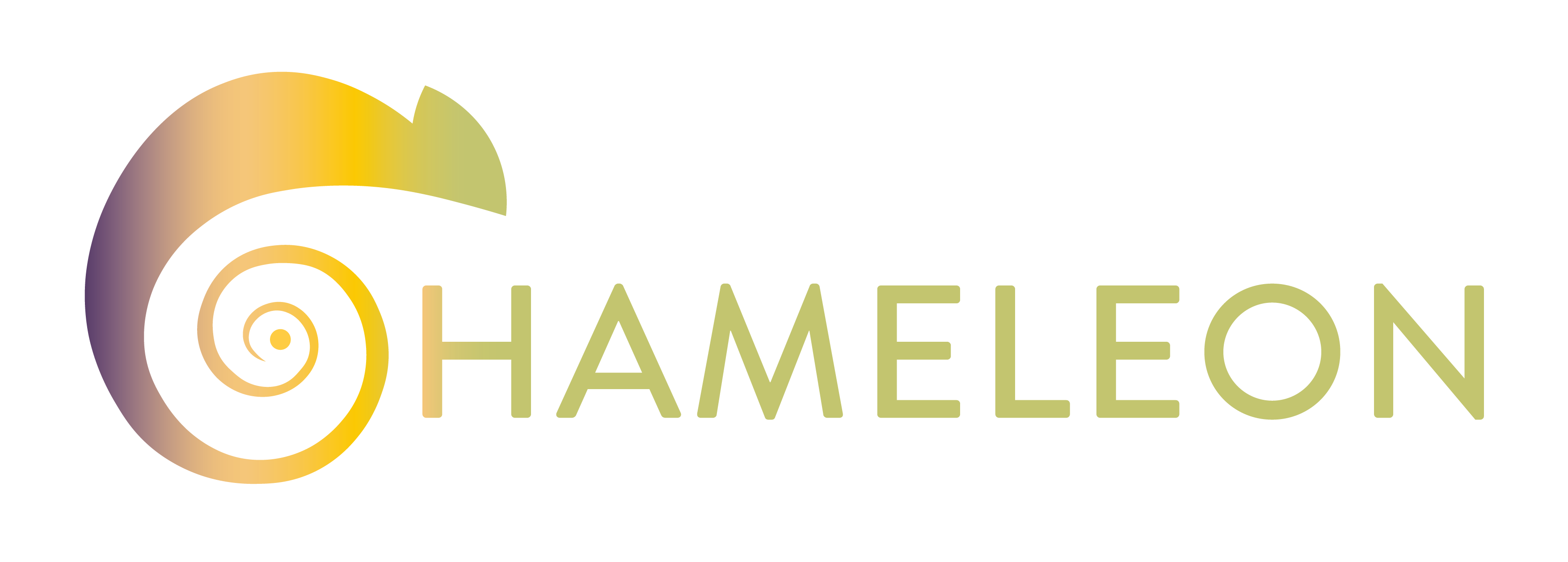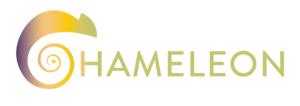Pilot 3: Forest monitor for potential dangers & Vineyards monitoring

Location:
Austria
Objectives:
Validate the capacity of the CHAMELEON platform ecosystem for tracking water status, health of plants, health assessment of vineyards, the potential to generate a range of ecosystem services at multiple scales including mitigation of greenhouse gas emissions through long-term carbon storage and intervention strategies. Specifically, piloting activities will validate the platform in:
i. Monitoring the status of water,
ii. Monitoring the health status of plants (trees, vineyards etc.),
iii. Providing fast and accurate monitoring of potential dangers and reduce the stress for the owners to check by themselves in a dangerous area.
iv. Field-based estimate of woody biomass in vineyards.
v. UAV-based selective spraying.
Description:
In Upper Austria, a small forest will act as pilot site (Kleines Rodeltal, NW-slope). It is in a valley with a small river and low density of population in the area, which makes it a safe pilot site. In this forest, there are two main issues to be monitored with drones:
1. Water status and Ice shields in winter and spring that cause severe damage to the lower village and near areas with higher population density. Drones will also monitor high ice loads on trees, threatening of cracking them and
endangering people and power lines. This allows early interventions of firefighters and forest workers.
2. Slopes of up to 50 degrees that need to be monitored regularly for dry wood and rotten trees during summer and autumn and after heavy weather that are endangered to crack and rush down to the river.
Drones shall be used to monitor the area for potential dangers and reduce the stress for the owners to check by themselves in a dangerous area.
On the other hand, at the outskirts of Vienna, many traditional vineyards are easing the thirst of people. In recent years, after heavy weather situations, especially in the northern parts of the city, caused damage to the vineyards. To check the vine and to coordinate actions in communes, it is envisaged to provide a cooperative drone system to check for damages after heavy weather.
Furthermore, regular checks of the area for moisture and potential damages through deer and other animals (e.g., boars) should be checked regularly. The cooperative drone system can support in this time extensive actions to ensure a rich harvest.
Additional sensors on the drone could support with IR cameras and other sensors a better monitoring throughout the year of the development of plants and identify early signs of vermin.





